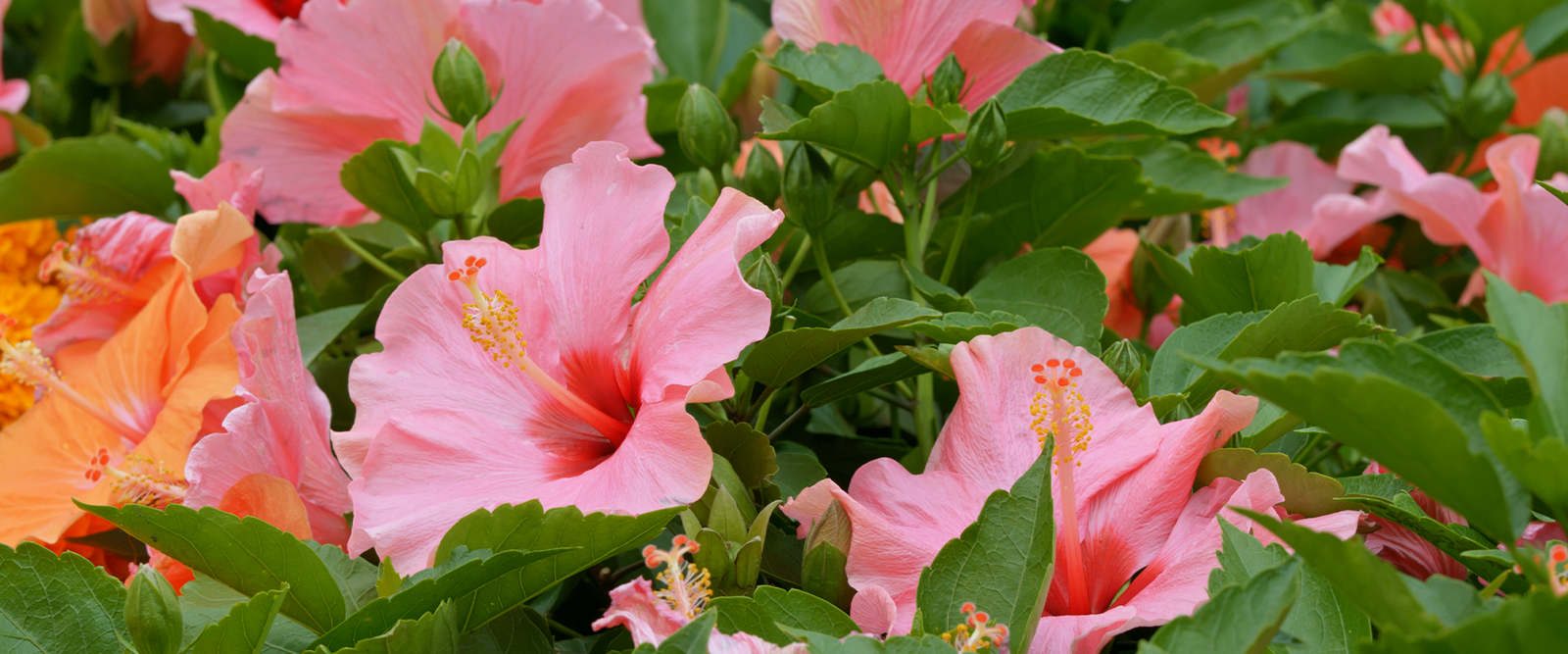If you're thinking of adding a tropical vibe to your garden, hibiscus plants are an awesome choice. They bring loads of colorful flowers, especially in the middle and end of the summer, making your garden pop with beauty. To keep them healthy and vibrant, it's wise to prune your hibiscus after their winter dormancy. Let's check out some tips on how to do this, including the most effective techniques.
Why Prune Your Hibiscus?
Pruning your hibiscus helps it wake up from its dormant winter phase. This way, it can grow new branches and fuller, bushier leaves. Plus, by cutting away any dead, sick, or hurt leaves and branches, you're helping your hibiscus stay healthy. Besides, it keeps your plant looking stunning when it's in full bloom! If you skip pruning, it might grow too tall, bendy, and top-heavy in all sorts of directions, making it look a bit messy.
When’s the Best Time to Prune?
The timing for pruning your hibiscus depends on where you live. Some hibiscus, like the Hardy Hibiscus native to the United States, do best with a trim in late winter or early spring. On the other hand, you can treat your Tropical Hibiscus as a perennial (for areas with cold climate) and annual (for tropical settings). In this case, only hard prune your Tropical Hibiscus annually, at every end of its growing season, while thinning its foliage through spring, summer, and autumn.
Tools You'll Need
You don't need a lot of tools to prune your hibiscus. A good pair of pruning shears is usually all you need. Just make sure they're sharp, clean, and comfortable to hold, like our EnduroPRO pruning shears.

Should You Deadhead Your Hibiscus?
You don't have to, but getting rid of those old flowers can make your hibiscus look even better. It helps the plant make new blooms and keeps it looking healthy. If you decide to deadhead, do it as soon as you see flowers starting to fade and wilt. To deadhead, simply snap off the stem below the faded or wilted flower, right at the point where it connects with the main limb. If you prefer using your pruners to deadhead, make sure that the blades are clean and sharp enough to make precise cuts. Dull and dirty tools can carry disease-causing bacteria, so remember to clean your garden pruners, especially the blades, before deadheading.
How To Prune Your Hibiscus
Trimming your hibiscus isn't tricky at all. For individual branches, locate the leaf node, a point that looks like bumps in which leaves emerge. Once you've found the leaf node, trim just above it to encourage the plant to grow a bushy growth right where you cut.
Want a branch to grow in a certain way? Use sharp pruners to make a slanted cut in the direction you want it to grow. Leave 2-3 nodes on the branches for new growth. And, remember, don't prune more than one-third of the plant at once.
As a rule of thumb, it's also good to cut out any dead, sick, or crisscrossing branches to keep your hibiscus looking its best.
That's it! Just follow these easy steps to keep your hibiscus looking great and growing healthy. Just be careful not to prune too much, and your plant will reward you with stunning blooms when it's time to show off!




